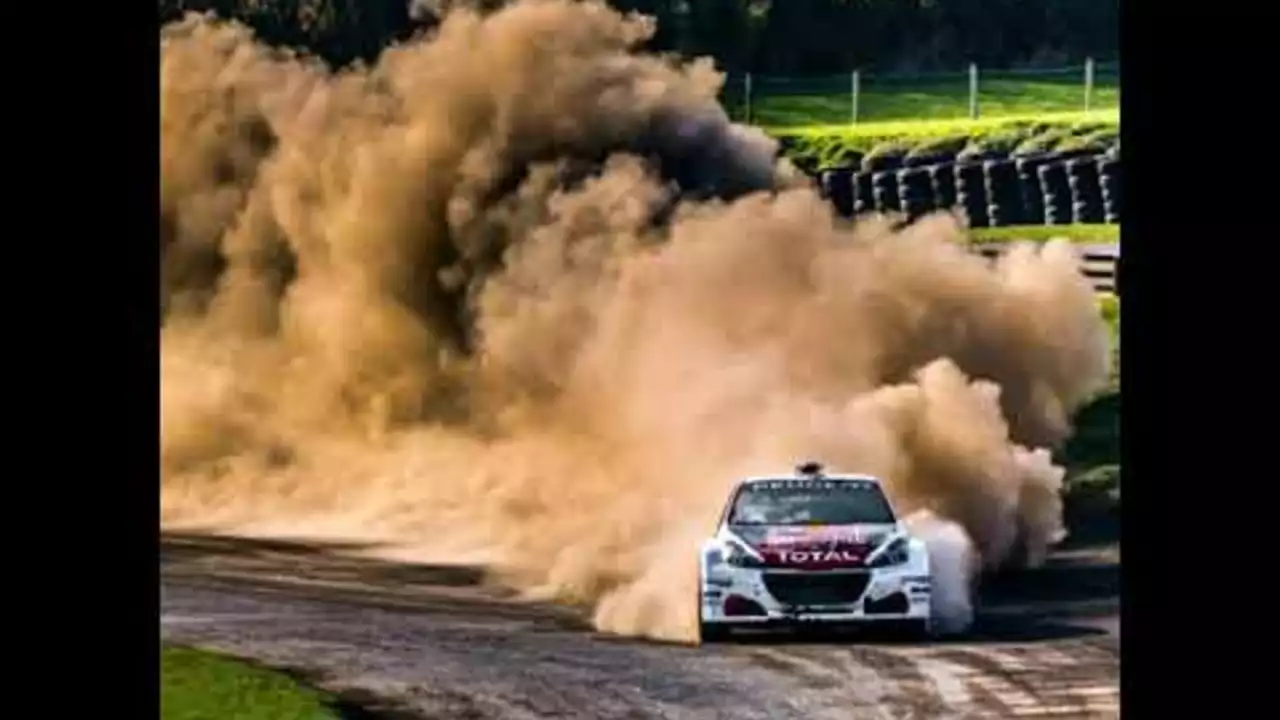Racing Industry Insights: What’s Hot, What’s Next, and How to Get Involved
Whether you live for the roar of a V6 engine or you’re eyeing a spot on a MotoGP grid, the racing industry is moving fast. Here we break down the biggest stories, practical how‑to guides, and what you need to know if you want to turn a passion for speed into a career.
Breaking News that Shapes the Sport
Fans have been buzzing about BMW’s possible Formula One comeback. While the company hasn’t confirmed a return, its focus on electric and autonomous tech hints at a future where the classic blue and white livery could reappear on a hybrid‑powered car. Keep an eye on official statements because a surprise entry could shake the current F1 balance.
On the MotoGP side, slipstreaming remains a key tactic. Riders line up behind the leader to cut wind resistance, then burst out of the draft at the perfect moment. Mastering this move can shave tenths of a second off lap times – a difference that decides podium spots.
How to Jump Into the Racing World
Dreaming of a MotoGP seat? Start by joining a reputable racing school to learn bike handling, race lines, and safety protocols. After you’ve earned a racing license, compete in regional championships to build a results record. Consistent podiums, strong sponsor relationships, and a solid social media presence can open doors to factory teams.
Thinking about starting your own professional racing team? First, draft a clear business plan that outlines goals, budget, and potential sponsors. Recruit experienced engineers, mechanics, and a driver lineup that balances talent with marketability. Secure the right equipment, register with the appropriate racing bodies, and make sure every team member has the necessary licenses.
If you’re curious why MotoGP riders are mostly Spanish and Italian, the answer lies in deep‑rooted motorbike culture and strong national development programs. These countries invest heavily in youth academies, meaning talent gets polished from a young age. The result is a pipeline that consistently feeds the top tier.
Formula One’s limited popularity in India boils down to a lack of local heroes, scarce live events, and high hosting costs. However, grassroots series like the Indian National Racing Championship keep the spirit alive and could eventually produce a homegrown F1 driver.
For those looking at the broader landscape, there are more than ten distinct formula racing categories worldwide – from Formula 1’s global stage down to regional Formula 4 series and the electric Formula E championship. Each offers a stepping stone toward the ultimate goal of racing at the pinnacle.
Got a burning question about racing tactics, career paths, or team management? Check out our recent articles: “What is the process to become a MotoGP racer?”, “How should one go about starting a professional racing team?” and “When will BMW ever return to Formula One?”. They’re packed with actionable steps you can apply right now.
Stay tuned to the G‑Force Motorsport Hub for daily updates, behind‑the‑scenes insights, and community discussions. The racing industry never slows down – and neither should you.

What does auto racing do for society?
Jul, 11 2023